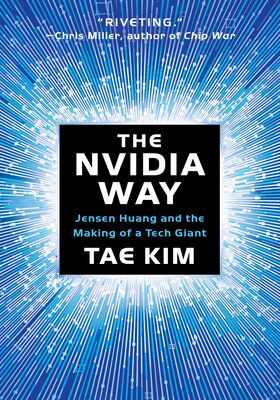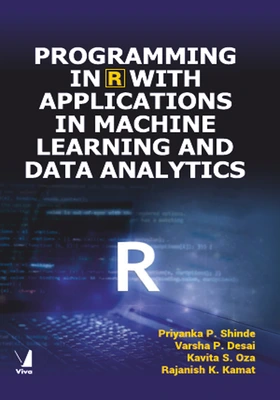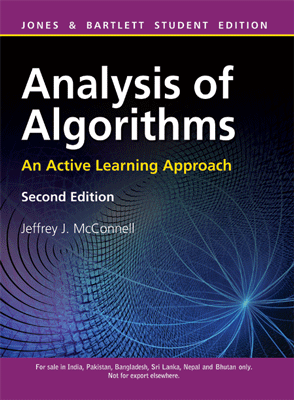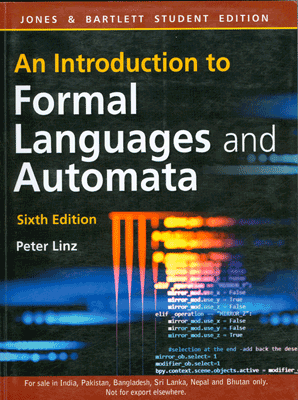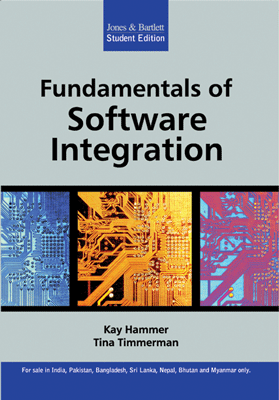
Fundamentals of Software Integration
Fundamentals of Software Integration
₹265.50 ₹295.00 Save: ₹29.50 (10%)
Go to cart-
Out of Stock
ISBN: 9789380108278
Bind: Paperback
Year: 2010
Pages: 324
Size: 178 x 242 mm
Publisher: Jones & Bartlett Learning
Published in India by: Jones & Bartlett India
Exclusive Distributors: Viva Books
Sales Territory: India, Nepal, Pakistan, Bangladesh, Sri Lanka
Description:
Integration is one of the most critical technical challenges in software architecture today, as well as a difficult topic to generalize because of the many things affecting it???the technologies involved, the timeframe, the number and types of user communities requiring access, regulatory requirements, and so on. Fundamentals of Software Integration provides an overview of the evolution of software technology, with a particular emphasis on long-standing problems that remain unsolved. It then uses this background as a basis for presenting an abstract model of the software application and its environment, along with integration strategy that meets both the short- and long-term needs of an organization. Hammer and Timmerman's accessible writing style and strategic exercises help students and professionals recognize similarities in the integration challenges faced across technologies.
Key features:
- Provides a historical perspective on the evolution of software technology, with a particular emphasis on the importance of data???its meaning, access, and correlation
- Includes an abstract model of software applications that can be used to evaluate future technology
- Identifies the chronic problems in the communication between humans and machines.
Target audience:
Students and academics of computer science, software engineering, and MIS.
Contents:
Chapter 1: Integration as a mission-critical initiative • Software is a ?sticky? technology • The limitations of data • The importance of data • How business factors complicate the problem • Why study software integration? • The importance of proceeding carefully • The need for a conceptual framework • Exercises for chapter 1
Chapter 2: From calculation to collaboration • A framework: The five basic questions • Five major eras of software technology • The age of the standalone application • The age of the database • The age of the network • The age of the desktop • The age of the internet • Trends • Tradeoffs • Exercises for Chapter 2
Chapter 3: The evolution of database technology • COBOL files • The origins of database technology • The components of a DBMS • Metadata: A common vocabulary of man and machine • Hierarchical Database Management Systems • Network Database Management Systems • Relational Database Management Systems • Object-oriented Database Management System • The emergence of other types of database technology • Integration and data integrity • Exercises for Chapter 3
Chapter 4: Communication and execution protocols • Early distributed applications: Data-centric • Client- server architecture: The vision and reality • Heterogeneity and event-driven integration • Message-oriented middleware • Enterprise application integration (EAI) • Service Oriented Architechture ( SOA) • Trends and tradeoffs • Exercises for Chapter 4
Chapter 5: The evolution of application development • A model for the application and its environment? Trends • Trade-offs • Coming up next: The representation of meaning • Exercises for chapter 4
Chapter 6: The representation of meaning • On man and machine • Earlier attempts to represent meaning • The representation of meaning on the web • Trends • Tradeoffs • Coming up next: Metadata and change management • Exercises for Chapter 6
Chapter 7: Metadata and change management • The role of metadata in data management • The expanding scope of metadata • Data and metadata • Repository, registry or both? ?Trends and tradeoffs • Coming up next: Integration and technology • Exercises for chapter 7
Chapter 8: An overview of integration technology • Age of the database: Co-exist or migrate • Age of the network: Co-exist and consolidate • Age of the desktop: Relax controls • Age of the internet: Publish and subscribe • Code generators for integration • The current state of integration technology • Trends and tradeoffs • Coming up next: Developing an integration strategy • Exercises for chapter 8
Chapter 9: Defining an integration strategy • An overview of the methodology ?Integration strategy vs application strategy • Architectural analysis • Using the application model as an analysis tool • Drilling down on the application model • A sample of integration scenarios • Coming up next: Areas for further study • Exercises for Chapter 9
Chapter 10: Topics for further study • Addressing the human factor • Examples of technical areas that warrant further study • Conclusion
Appendix:
About the Authors:
Kay Hammer, PhD - Founder and Former CEO of Evolutionary Technologies International
Kay Hammer (PhD English Linguistics, University of Iowa) has ten years of college teaching experience and over twenty-five years of experience in systems software and technical management. In 1991, she founded Evolutionary Technologies International (ETI), the first spin-off from MCC (the first U.S. for-profit, industry-backed computer research consortium) to productize the results of a three-year research initiative to build a development platform for automating data integration. Hammer served as CEO of ETI until December 2005 and has been the author of more than forty articles on this topic of integration during that period, as well as the book Workplace Warrior (Amacom, 2000).
Tina Timmerman, BS, MS - Chief Solution Architect, Evolutionary Technologies International
Tina Timmerman (MS Computer Science, Texas State University) has over twenty-five years of experience in the software industry, during which she has served as the technical lead on multiple system software products and assisted Kay Hammer in obtaining the initial research funding for the technology underlying Evolutionary Technologies International's products. In her capacity as Chief Solution Architect at ETI, she has over seven years of consulting experience in data integration initiatives with Global 1000-size companies and the Department of Defense.
